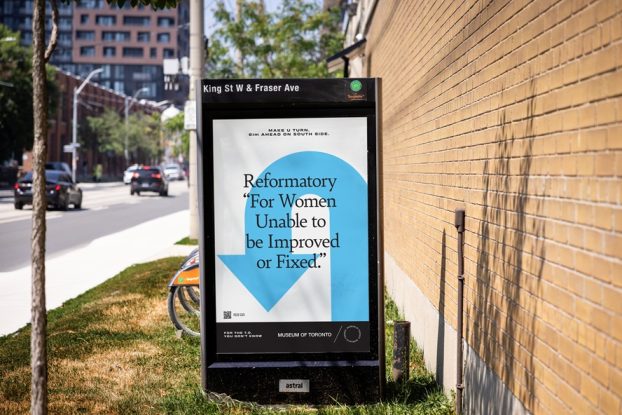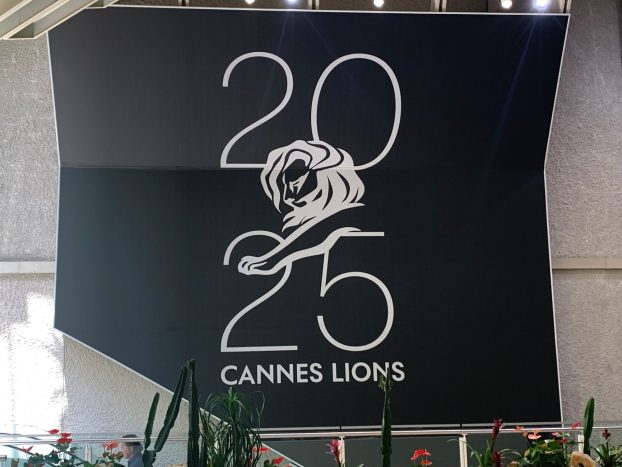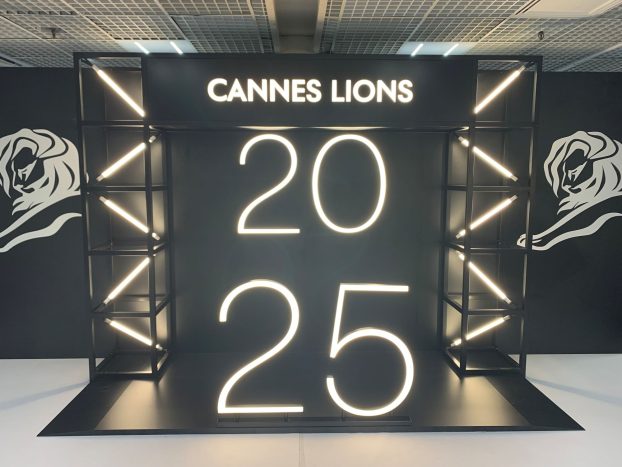The Institute of Communications Agencies has called for an industry-wide boycott of an RFP recently issued by the Toronto Zoo for an agency partner that will work on a pro bono basis.
The business association, which represents dozens of Canada’s advertising and communications agencies, released a statement Wednesday saying that following a review, it’s determined that the RFP contained unfair practices and pitch requirements. It is therefore urging the industry nationally to boycott the RFP as part of its “responsibility to protect the agency sector against bad client practices,” according to a quote from ICA president Scott Knox.
Knox said in a call with strategy that five members agencies approached him with concerns about the RFP.
The Toronto Zoo posted the RFP in question to its website on Monday. It is for a one-year term to handle this year’s advertising campaign, with the option to renew for two additional years on a year-to-year basis. The assignment would “preferably” be on a pro bono basis, with compensation for the cost of production of materials up for negotiation. Submissions are due by Jan. 26.
In the release, Knox cited multiple reasons for the ICA’s boycott call, including that too many agencies had been invited to participate, the lack of a fair and reasonable elimination process and the fact that it is a pro bono request that makes “the cost to the industry […] accordingly wasteful, and inherently undervalues the country’s world-class creative industries.”
Knox told strategy that he spoke with representatives from the Toronto Zoo prior to the call for a boycott. “I’ve made it clear that our door is open to sit down and help them to achieve what they want to achieve, which is to have a great relationship on a pro bono basis with a great Canadian agency,” he says.
“We would happily help them come up with a much less onerous and convivial and measured contract to put in place if they put this process on hold and stop wasting the time of the agency sector in Canada,” he says. “They aren’t doing that, so my response was to stop the agency sector from submitting to them.”
Zoo “taken aback”
However, Jennifer Tracey, senior director of marketing, communications and partnerships at the Toronto Zoo, says she felt “taken aback” by the ICA’s announcement.
“We had what I thought was a really thorough discussion,” Tracey says of the meeting with the ICA on Tuesday. “When [Knox] started to outline some of his concerns with the actual process, we had agreed that he would outline those concerns in an email to myself and to my colleagues in charge of purchasing and supply, because that’s not my area of expertise. I asked him to outline those specifics so we could address them in a timely manner, and that was not done. So I was quite taken aback because [the statement] didn’t reflect the conversation before.”
Tracey says she was glad to have the ICA raise concerns about the new RFP, as it is a nearly identical process to the one it has used in past years. She says the Zoo’s RFPs have never raised such issues before and this brought certain issues to light. Terms of an eventual contract have not been set yet, and the Zoo remains open to discussions as to how to improve its RFPs.
“We’d love to resolve this, but we’d like to do it in a professional way and that’s what I’m having the most difficulty with,” Tracey says. “The agreement was they were going to outline those concerns in writing so the right people could respond accordingly.”
One of the major issues with the RFP, Knox says, is that in addition to posting the RFP publicly on its website, the Zoo sent it directly to a list of agencies that numbers “in the tens.” He says this shows a lack of due diligence on the part of the Zoo. He sought to establish a procedure that would have laid out a maximum number of agencies that could be invited to participate at different stages of an RFP, depending on its terms. (Knox was previously managing director of the U.K.’s Marketing Agencies Association before joining the ICA last September. While overseas, he helped develop a standard to establish such rules between the agencies, clients and procurement departments.)
“They haven’t sat down and thought of who they really want to work with,” he says, adding that the organization is instead “wasting the entire industry’s time with [asking] every Tom, Dick and Charlotte to participate,” Knox says.
Tracey says that the number of agencies contacted was close to 20. However, she describes her outreach not as inviting agencies to compete, but rather simply letting them know that the RFP had been posted.
“All that was sent out was to simply to say, ‘attached are the bid documents, we’ve issued the following RFP and if there are any revisions to it, it would be posted to our website,'” she says.
“It’s a completely voluntary process and what we would do with any RFP, particularly because over the years we’ve had companies contact us who want to do business with us but may not have looked on our website on a regular basis,” she says. “As a public sector organiziation, we don’t want to be seen as not providing equal opportunity to any agency that would want to participate.”
Knox says that logic doesn’t justify getting that number of agencies to “jump through the hoops” of a lengthy RFP process, though Tracey told strategy multiple times that the process was voluntary.
The Toronto Zoo is hardly the first client to include these kinds of details in its RFP, but Knox says one of his goals as president of the ICA is to begin to hold clients to account for these kinds of practices as they arise.
“There are clients with huge pre-pitch contracts in place that I’d argue are tantamount to corporate bullying,” he says. “It is our point of view that we are going to start protecting the agency sector against this kind of maneuver. We’re all for commercial balance and fair value, but now is the time when it has gone too far for corporations, whether they’re privately or publicly owned, to be putting these procurement practices in place that commoditizes the work and does a huge amount of damage to the creative sector. Yes, these things [have occurred] for the past few years, [but] now we’ve decided enough is enough. That’s why I came here – to call this out when I think it has gone too far.”
Award-worthy history
The Zoo’s previous AOR was Public, which began its work with the “Get closer. Discover more.” campaign in 2015. The work focused on little-known facts and oddball questions about the animals at the zoo, like how much a panda poops. Prior to that, the Toronto Zoo worked with Cundari, and it was a client of Lowe Roche for nearly 10 years prior to that, during which the agency won numerous awards, including Cannes Lions.
Public, which is not an ICA member agency, confirmed to strategy that it will not be competing in the RFP process.
The Toronto Zoo is a registered charity owned by the City of Toronto, and its last three AOR assignments were on a pro bono basis. Knox says he doesn’t object to charities and non-profits requesting pro bono work and is glad the Zoo made its intentions clear up front.
But in the case of the Zoo’s latest RFP, he says having it be a pro bono contract on top of other onerous terms is a “double-whammy.” Those terms include a strict conflict-of-interest declaration process, as well as the fact that there is no guarantee the winning agency would actually receive any work.
“I’d find this dubious if it were a fee-paying client,” Knox says. “Bottom line is, yes, they are a registered charity and publicly owned and funded, and it’s fine [if] you want people to come to you with pro bono work. On the other hand, set out a fair and less onerous process. [Toronto Zoo’s marketing department] have decided this is what they want, then procurement has stepped in and created a process like they’re running a multi-million dollar corporation. That’s where it all goes horribly wrong.”
Tracey says that, as a publicly-owned agency, the Zoo’s procurement procedures are laid out by the law and shaped by sector best practices. The Zoo’s budget is available to the public and has already been set for 2017 following approval by its board last year. It has roughly $229,000 for the production of physical advertising materials with $956,000 set aside for paid media buys (The Zoo’s media agency, ZenithOptimedia, provides its work pro bono).
Image courtesy Shutterstock
























